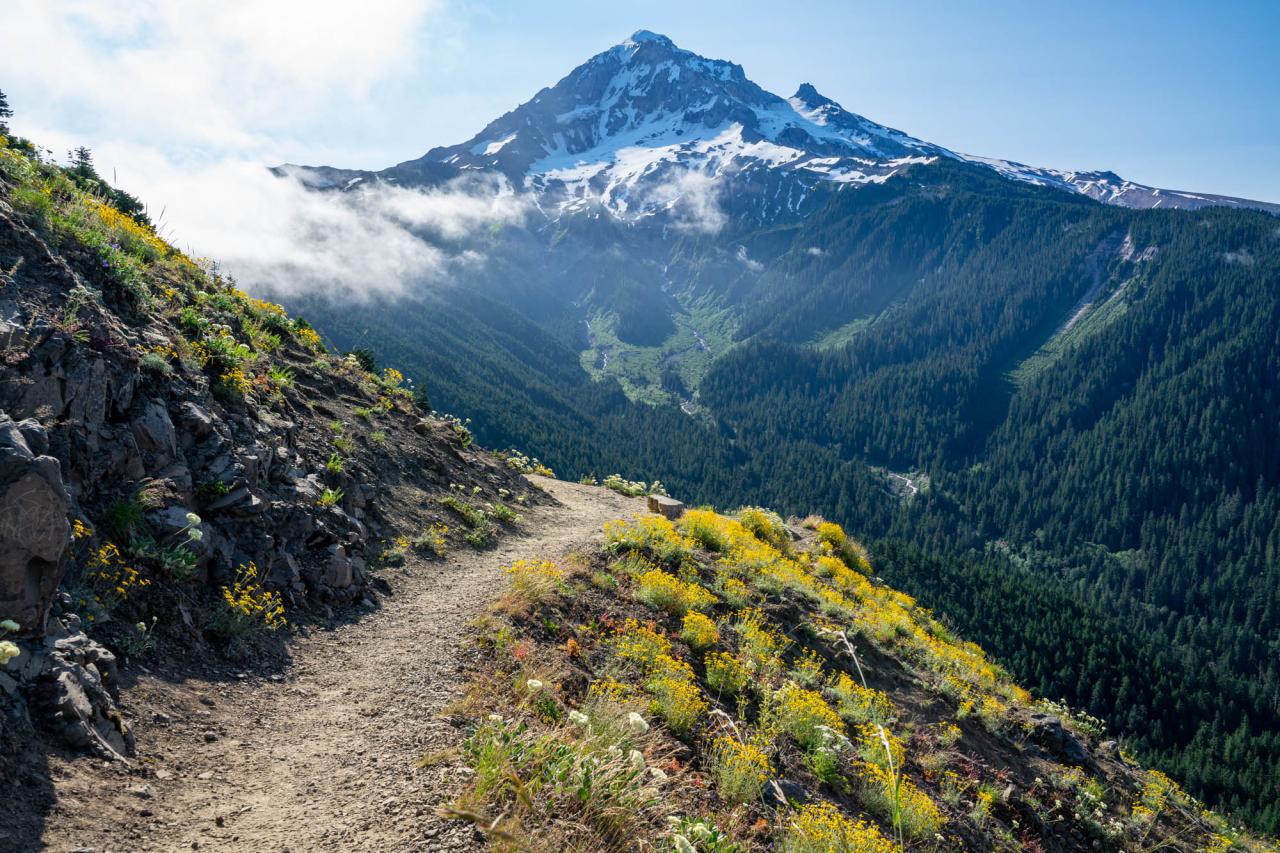Are you ready to hit the trails and discover the great outdoors? Whether you’re a seasoned hiker or just starting out, finding the perfect trail can transform your hiking experience from ordinary to extraordinary. In this guide, we’ll explore how to discover the best hikes near you, including tips for planning your adventure, understanding trail ratings, and finding hidden gems. So lace up those hiking boots, grab your backpack, and let’s get started!
Why Hiking Matters
Hiking isn’t just a fun way to spend your day; it offers numerous physical and mental benefits. From boosting cardiovascular health to reducing stress, spending time in nature has a positive impact on your well-being. Plus, it’s an excellent way to connect with friends and family while experiencing breathtaking landscapes. As you embark on your quest for the perfect trail, remember that every hike is an opportunity to unwind and rejuvenate.
Understanding Trail Ratings
Before you set out on your hiking adventure, it’s essential to understand how trails are rated. Most hiking trails are classified by their difficulty level, which typically includes:
- Easy: Suitable for beginners, these trails are usually well-maintained and have minimal elevation gain.
- Moderate: These trails may have some elevation changes and uneven terrain, making them suitable for hikers with some experience.
- Challenging: Designed for experienced hikers, these trails often feature steep ascents, rocky paths, and longer distances.
Understanding these ratings can help you choose a trail that matches your fitness level and experience, ensuring a safe and enjoyable hike.
Finding Trails Near You
Now that you understand trail ratings, it’s time to find the best hikes in your area. Here are some practical tips to help you in your search:
1. Use Online Resources
There are several websites and apps dedicated to helping hikers find trails. Platforms like AllTrails, Hiking Project, and even Google Maps allow you to search for hikes by location, difficulty level, and user ratings. You can also find detailed trail maps, user reviews, and photos to help you make an informed decision.
2. Join Local Hiking Groups
Connecting with fellow hiking enthusiasts can open doors to amazing trails you might not find on your own. Consider joining local hiking clubs or online communities where members share their favorite hikes, tips, and advice. Social media platforms can also be a great way to discover group hikes and events in your area.
3. Visit National and State Parks
National and state parks are treasure troves of hiking trails, often featuring stunning landscapes and well-maintained paths. Check the official websites of parks near you for trail maps, visitor guides, and safety information. Many parks also have visitor centers where you can ask rangers for recommendations based on your preferences.
Considering Weather and Safety
When planning your hike, don’t forget to check the weather forecast. Conditions can change rapidly in the mountains, so it’s essential to be prepared. Here are some safety tips to keep in mind:
- Dress Appropriately: Wear moisture-wicking layers, sturdy hiking boots, and a hat to protect yourself from the elements.
- Stay Hydrated: Bring plenty of water, especially on hot days or during strenuous hikes.
- Know Your Limits: Choose trails that match your fitness level, and don’t hesitate to turn back if you’re feeling fatigued.
Exploring Off-the-Beaten-Path Trails
While popular trails often offer stunning views, some of the best hiking experiences can be found off the beaten path. Here’s how to discover those hidden gems:
1. Research Lesser-Known Trails
Many local hiking websites or forums feature lesser-known trails that may not be crowded with tourists. Take the time to read user reviews to gauge trail conditions and highlights.
2. Explore State and Local Lands
In addition to national parks, many states and municipalities have their own parks and nature reserves. These areas often have unique trails that provide a different perspective of the landscape.
3. Get Lost (Safely)
Sometimes, the best adventures come from wandering off the main trails. If you feel comfortable with navigation, consider exploring unmarked paths. Just be sure to carry a map, compass, or GPS device, and let someone know your plans before you head out.
Trail Etiquette
As you embark on your hiking adventures, it’s important to follow trail etiquette to ensure everyone has a pleasant experience. Here are some essential guidelines:
- Leave No Trace: Pack out what you pack in, and avoid disturbing wildlife.
- Yield the Trail: Hikers going uphill have the right of way, and bikers should yield to hikers.
- Keep Noise Levels Down: Enjoy the sounds of nature and keep conversations at a low volume.
Conclusion: Find Your Perfect Trail
Finding the perfect hiking trail can be an exciting journey in itself. By understanding trail ratings, utilizing online resources, considering safety, and practicing trail etiquette, you can make the most of your hiking experience. Don’t forget to enjoy the journey as much as the destination. So grab your gear, gather your friends or family, and set out to discover the best hikes near you. The great outdoors is waiting for you!
